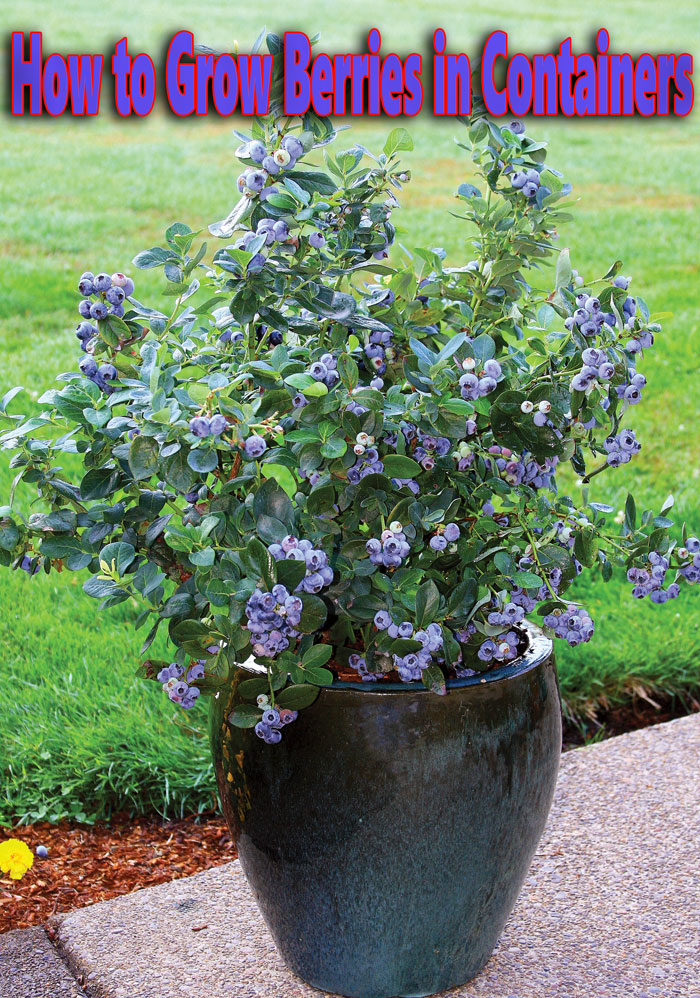
Growing berries in containers is a great idea for gardeners with limited space as well as those trying to keep 4-footed pests away. Most berry plants will grow very well in containers, although you may not get as large a yield as plants grown in the ground. Although berry plants do not require a lot of maintenance, many do require some patience. It can take a year or more for the plants to mature enough to produce a decent harvest. Check with your local Cooperative Extension for a list of varieties that do well in your area.
Most berries will need large pots, both to accommodate the roots and to balance the mature-size top of the plants. Large pots with large plants can get very heavy. If you think you will be moving the containers, either indoors for the winter or around the patio, place them on a sturdy plant dolly. Of course they will also need plenty of drainage holes.
If you plan on leaving your plant outdoors for the winter, choose a container in a material that can handle your weather. For cold, frosty zones, wood, heavy duty plastic or the newer resin and fiberglass materials are good choices. Most will be labeled as frost tolerant, if they are.
Birds and other creatures love berries, too. Most gardeners will need to provide some type of protection over the fruit, as it starts to ripen. Bird netting or cages built with chicken wire are popular choices. Make sure the netting is held up off the fruit, or the birds will reach right through. And don’t wait until you see the fruits ripening to cover them. Birds have different tastes than we do.
1. Blueberries
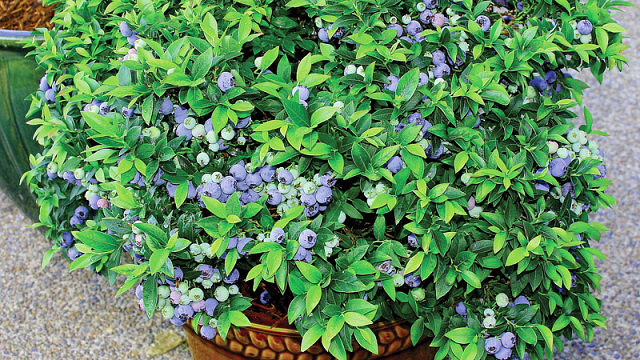
Low bush blueberries generally need more space to creep than a container can provide and rabbiteye varieties grow too large for containers. The better choice is a highbush variety and better still, the dwarfs or half-highs that have been bred specifically for small spaces.
Growing blueberries in containers makes it easy to keep the soil at the low pH blueberries need to grow well. There are special potting mixes for acid loving plants or you can make your own blend of half regular potting soil and half peat.
Blueberries can live a long time, so give them a big container at the start. Something at least 2 feet wide and deep, with excellent drainage. Plant them so their roots are just below soil level and then add a 1 – 2 inch layer of bark mulch.
A sunny spot is ideal for most potted blueberries, although where summers are unrelentingly hot, afternoon shade is welcome. All blueberries like regular water. They do no fruit well if they bounce from drought to flood. They also do not like to sit in wet soil for prolonged periods.
You will want to have at least 2 bushes that bloom around the same time, for good pollination and fruit set. To extend the harvest season, You could plant additional containers and choose early, mid- or late season varieties. Blueberries may start fruiting in their first year and each additional year they should become more abundant.
2. Currants and Gooseberries
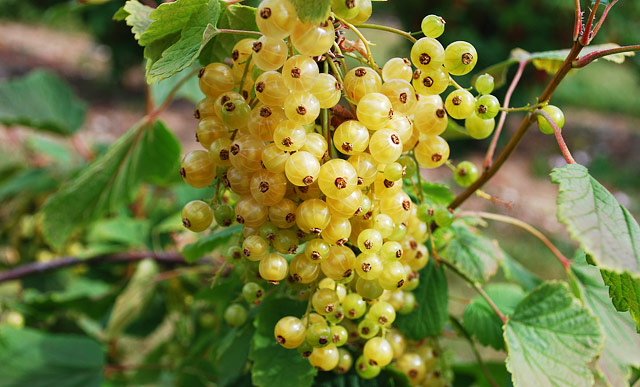
Sweet-tart currants and gooseberries tend to grow on small to medium sized bushes (3 – 4 feet) that grow well in containers. The are shallow rooted and you can get by with a container that is only 15 inches deep and 2 feet wide. They are also extremely cold hardy and can survive outdoors in containers even when the temperature dips below freezing. However for areas where the days are regularly below about 20 degrees F., they will need extra protection. (Don’t bring them indoors, because they do need the winter chill to set fruit.)
Both currants and gooseberries fruit on branches that are 2 and 3 years old. That means you will need to prune out the oldest branches each winter or early spring. That will leave you with a mix of 2 and 3 year old branches along with the new seasons growth, which will fruit the following year.
They’ll need plenty of sunshine, to ripen. You’ll know they are ripe when they change from green to whatever color they are supposed to be (red, black, pink or white). Green gooseberries will turn more yellow with stripes and become a bit softer.
Regular water will help the berries plump up. Feed with a water soluble organic fertilizer every 2 – 4 weeks.
3. Raspberries and Blackberries
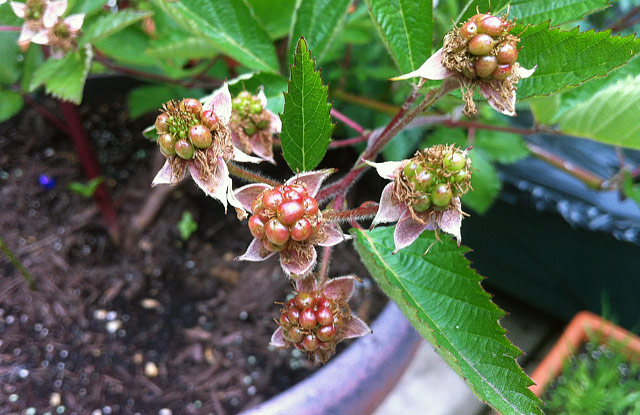
Brambles are not ideal candidates for containers, but it is possible to grow them in pots. Raspberries can be big unruly plants, but there are varieties that can be controlled in containers. Everbearing varieties like ‛Heritage’ and ‛Fall Gold’ will produce 2 harvests a year, if you prune them after the initial fruiting. If you don’t want to be bothered with pruning in the summer, cut them to the ground in late fall or early spring and you will get a lovely fall crop the following year.
Traditional blackberries are a tangled mess of thorny branches and don’t adapt well to containers. If you want to try blackberries, choose a thornless variety. They’ll be easier on your skin and can grow without trellising.
4. Strawberries

Strawberries are so well suited to containers, they have one named after them. However you don’t need a strawberry jar, any container, even a hanging basket, is suitable.
Be aware of what type of plants you planting: June bearing, everbearing or day neutral, as they each require slightly different care. If you plan on growing your strawberries as annuals, replacing them each year, everbearing or day neutral are the better choices. Even though strawberries are perennial plants, they only produce well for about 3 years, so you don’t lose much by growing them as annuals.
Containers should be at least 6 – 8 inches deep. Any well draining potting mix will be fine. Set the plants so that the crown, the base of the plant, is right at soil level. You do not want it buried or completely exposed. As with all fruit, they need sunshine and regular watering, to grow plump and sweet. Strawberries are more pest prone than other berries and netting while the fruits are forming will help to keep them pristine.

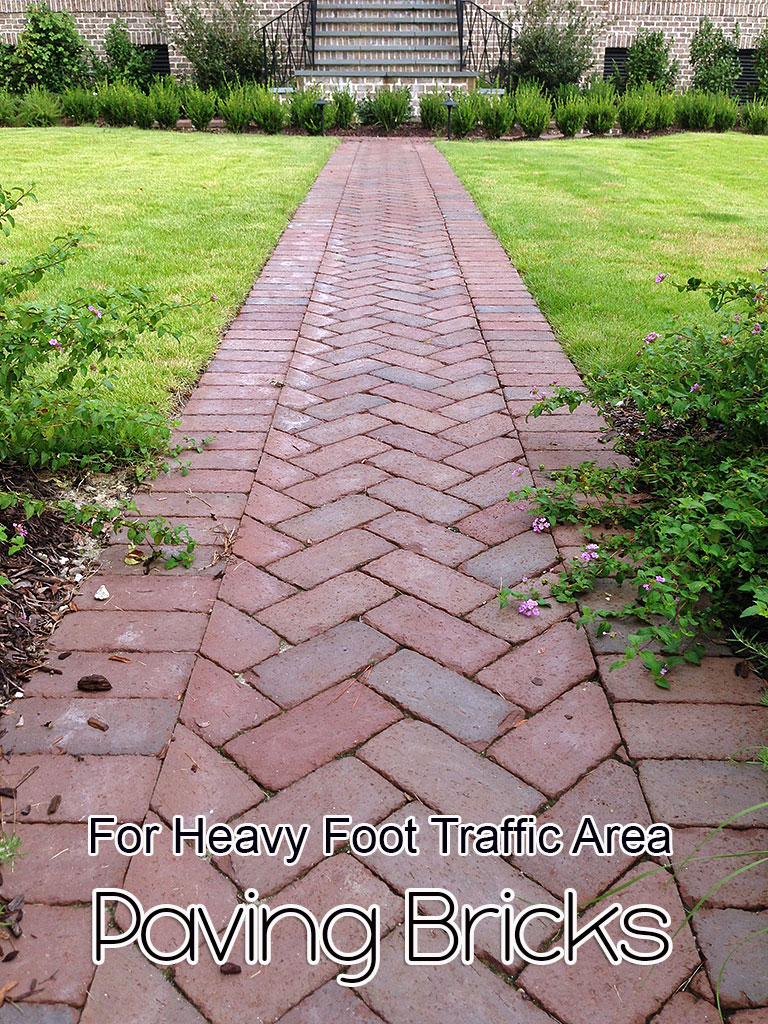

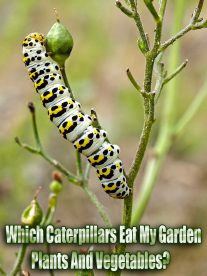
Leave a Reply